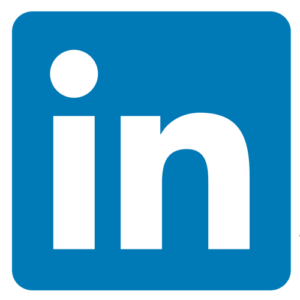President of PRN Funding, Phil Cohen has a three-part series: How Nurse Staffing Agencies Can get Paid Quicker that was published on the Nurse Entrepreneur Web site. In the articles, Cohen discusses techniques for temporary medical staffing companies to use in order to get hospitals, nursing home and other healthcare facilities to pay them faster.
Watch the video for Part One of How Nurse Staffing Agencies Can Get Paid Quicker video here:
Or click here to read part one of the series, which goes into detail about the steps a nurse staffing business owner should take before accepting a new client.
Watch the video for Part Two of How Nurse Staffing Agencies Can Get Paid Quicker video here:
Or click here to read part two of the series, which speaks to health care staffing business owners about the importance of sending out invoices on time with the correct information on them.
Watch the video for Part Three of How Nurse Staffing Agencies Can Get Paid Quicker video here:
Or click to read part three of the series, which tells how medical staffing business owners need to handle their collections in order to get paid faster.



